I was a little nervous beginning day 2 on a long reach with a potentially gusty offshore breeze that would carry the fleet 8+ miles to the lunch stop. The cracked mast step was only glued back together last night. Would it hold? This was going to be the same tack that I was on when it snapped. I didn't want to ruin this sail!




While the rowboa
ts and sailboats waited for the whole fleet to be launched and hoist sail for the departure, I
lounged on the floorboards enjoying an egg sandwich made by the caterer who cooks for the event. The food is great and the camaraderie while dining is something I enjoy every year. I saved my sandwich for this moment, laying back on the thwarts in the morning sun watching all the sails around me skitter about waiting for the moment when the lead chase boat would say "every body is in, let's go!".
The sail was east to Flanders Bay where we were to lunch at a bar connecting Ash and Sheldrake Islands (family islands that I arranged for us to have as a lunch spot). The fleet sailed on port
tack on a beam reach for all 8 miles to the stop. It was a hoot to say the least. Drake was right up with all the Caledonia Yawls and other larger sail craft. People were quite surprised to see this long, skinny rowboat pass them or hold position next to boats with much larger sail areas. And to my delight the mast step held.

But this morning was proving something that I try to espouse whenever possible: a rowboat with at least some keel to it can sail downwind quite
fast, but not up wind. And you don't need to ruin
the lines of the boat for rowing and you do not need to add the complexity and drag that a centerboard or daggerboard introduces. Lee boards are simply not necessary for off the wind sailing. Drake has enough stability and keel to even sail without any slippage on a bean reach, and this was a revelation this morning on Frenchman Bay.
The lunch was quick as the tide was eating up the bar -- we arrived a little too late. But the scene was quite spectacular with MDI and Tunk mountain and islands all around. I was the first boat to the bar and the 50 or 60 boats sailing into the bar was just a blast to watch.

The return trip was a 8-mile row to windward, through Sorrento Harbor right by Hancock Point and dir
ectly to Lamoine State Park. Drake showed her stuff by being able to row a steady 4+ knots back to the start line and beat most of the sailboats that had to tack many times to get home. This is what she was designed to do: sail smartly off the wind and row efficiently upwind. If this were a real RAID I would have no doubt t
hat we could be very competitive and with a larger boat for two rowers, probably win. But I enjoy the autonomy, privacy, and relaxation that rowing and sailing alone can bring.






